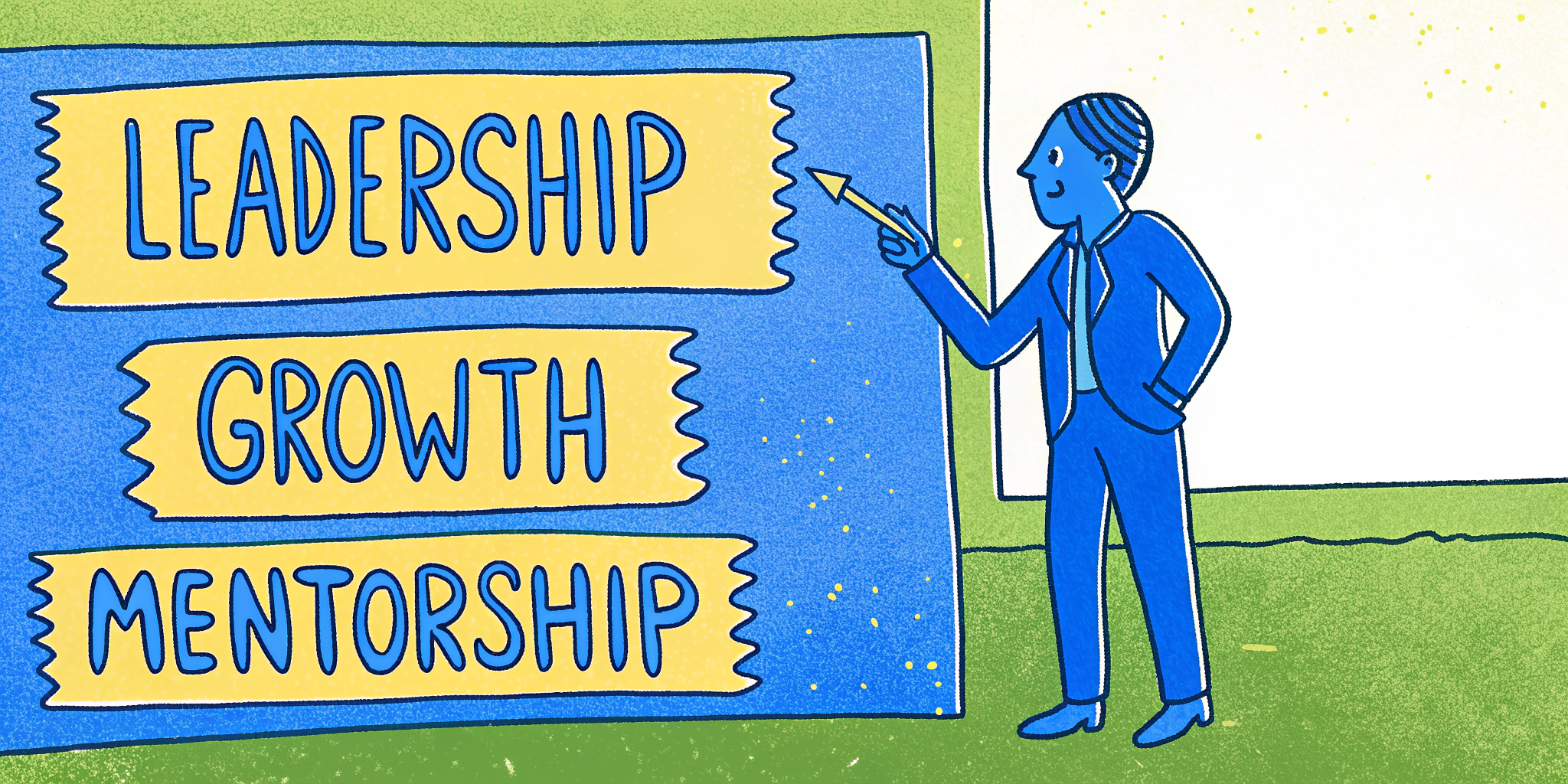In today’s competitive job market, nailing your interview is critical to landing your dream job. Whether you’re preparing for entry-level positions or climbing the corporate ladder, understanding how to answer common interview questions is a skill you cannot overlook. As a career strategist, I’ve spent years helping individuals transform their interviews from nerve-wracking to confidence-boosting. In this post, I’ll walk you through the top 10 most common interview questions, provide detailed strategies for each, and share practical examples to ensure you’re prepared.
Oh, and before we dive into it: I’ve recently been using Ninjafy AI, an AI-powered interview copilot that’s fully undetectable during online interviews. It’s been an absolute game-changer for mock interviews and real-time interview prep. If you’re serious about interview success, you’ll want to check it out.
Table of Contents
- How to Answer “Tell Me About Yourself”?
- What Are Behavioral Questions and How to Use the STAR Method?
- What’s Your Greatest Weakness?
- Why Are You Interested in Our Company?
- Why Are You Leaving Your Current Position?
- What Are Your Long-Term Career Goals?
- How to Discuss Teamwork and Collaboration?
- How to Handle Questions About Challenges or Difficult Situations?
- How to Demonstrate Adaptability?
- What Questions Should You Ask the Interviewer?
1. How to Answer “Tell Me About Yourself”?
This question is almost guaranteed to come up in any interview. Yet, so many candidates stumble over it, unsure how to structure their response. Here’s a simple, effective framework:
The Strategy
- Duration: Keep your answer between 1-3 minutes. Anything longer can feel like rambling.
- Content: Focus on your professional journey, not your personal life. Highlight key roles, achievements, and skills relevant to the position you’re applying for.
- Ending: Always tie it back to why you’re in the room today.
Example Answer
“Sure! I started my career as a Marketing Assistant at XYZ Company, where I developed skills in social media campaigns and analytics. From there, I moved on to ABC Corporation as a Marketing Coordinator, where I managed cross-functional teams and increased social media engagement by 35% in one year. Currently, I’m a Marketing Manager at DEF Inc., overseeing a team of five and implementing strategies that boosted revenue by 20%. I’m now looking to bring my expertise to your team, as I see this role as the perfect next step in my career journey.”
2. What Are Behavioral Questions and How to Use the STAR Method?
Behavioral questions often begin with “Tell me about a time when…” and are designed to understand how you’ve handled situations in the past. This is where the STAR Method shines.
| STAR Framework | Details |
|---|---|
| Situation | Set the scene. What was the context? |
| Task | What was your specific responsibility or the challenge you faced? |
| Action | What did you do? Focus on your role, decisions, and steps you took. |
| Result | What was the outcome? Include measurable results when possible. |
Example
Question: “Tell me about a time you resolved a team conflict.”
- Situation: “In my previous role, two team members had a disagreement over project timelines.”
- Task: “As the team lead, it was my responsibility to mediate and ensure the project stayed on track.”
- Action: “I arranged a meeting, listened to both sides, and facilitated a compromise by adjusting deadlines and redistributing tasks.”
- Result: “The project was completed on time, and both team members appreciated the resolution, improving overall team morale.”
By the way, practicing behavioral questions using Ninjafy AI has been incredibly effective for me. Their mock interview feature provides instant feedback and helps refine STAR-based answers.
3. What’s Your Greatest Weakness?
When answering this question, honesty is key, but you don’t want to shoot yourself in the foot. Share a real weakness, ensure it’s not critical to the role, and show how you’re working to improve.
Example Answer
“I tend to be very opinionated in meetings, which sometimes means I’m the first to speak. I’ve realized this can unintentionally discourage others from sharing their ideas. To address this, I’ve started practicing active listening and making a conscious effort to invite input from others before contributing my thoughts.”
4. Why Are You Interested in Our Company?
Employers want to know you’ve done your homework. Reference the company’s mission, vision, and values, and connect them to your personal goals.
Example Answer
“I’m impressed by your commitment to innovation, as outlined in your mission to ‘transform lives through technology.’ That aligns closely with my passion for leveraging data to improve user experiences. I’m excited about the opportunity to contribute to your team and grow with a company that values cutting-edge solutions.”
5. Why Are You Leaving Your Current Position?
This can be a tricky question. Keep it positive, brief, and focused on career growth.
Tips
- Avoid mentioning toxic environments or personal disputes.
- Highlight how the new role aligns with your goals.
Example Answer
“My current role has been an excellent learning experience, but I’ve reached a point where growth opportunities are limited. I’m eager to take on new challenges and believe this position is the perfect opportunity to develop my skills further.”
6. What Are Your Long-Term Career Goals?
Employers don’t expect a detailed roadmap. Keep your answer broad and aligned with the company’s trajectory.
Example Answer
“My long-term goal is to grow within the marketing field, ideally taking on leadership roles where I can mentor others and contribute to strategic decision-making. I’m excited to start that journey here, learning from your team and contributing to your innovative projects.”
7. How to Discuss Teamwork and Collaboration?
When asked about teamwork, emphasize your role within the team and how you contributed to collective success.
Example
“In my role at ABC Corp., I worked on a cross-departmental project with six team members. We were tasked with launching a new product in just three months. I served as the project coordinator, ensuring clear communication across departments and that timelines were met. Our collaboration resulted in a successful launch, generating $1M in sales during the first quarter.”
8. How to Handle Questions About Challenges or Difficult Situations?
When discussing challenges, explain why the situation was difficult and how you overcame it.
Example
“We had a project with a five-day turnaround that normally requires three weeks. The challenge was managing client expectations while ensuring quality. I reorganized the team, prioritized tasks, and communicated transparently with the client. We delivered the project on time, exceeding their expectations.”
9. How to Demonstrate Adaptability?
Employers value candidates who can handle change. Share examples where you adapted quickly and maintained productivity.
Example
“When our company shifted to remote work overnight, I quickly developed a workflow using collaboration tools like Slack and Asana. This ensured our team stayed aligned and met all deadlines despite the sudden transition.”
10. What Questions Should You Ask the Interviewer?
Never leave the interview without asking questions. Prepare at least three, covering success metrics, company culture, and team dynamics.
Sample Questions
- “What does success look like in this role after six months?”
- “Can you describe the team’s working style?”
- “What are the company’s biggest priorities for the next year?”
Conclusion
Mastering these 10 questions can significantly boost your confidence and performance in interviews. Remember, preparation is key, and tools like Ninjafy AI can give you a competitive edge. With mock interviews and real-time assistance, it’s like having a personal interview coach at your fingertips.
So, grab your notebook, practice these answers, and walk into your next interview ready to impress. Good luck—you’ve got this!




